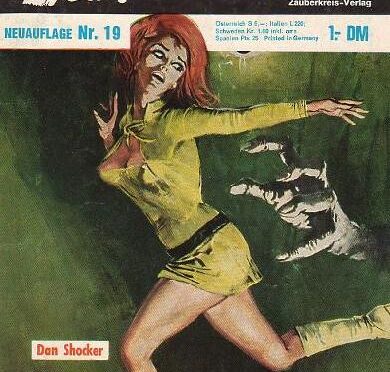
by Cora Buhlert
A Marriage of Necessity
For more than a hundred years, the two great German shipping companies Hamburg-Amerikanische Packetfahrt-Actien-Gesellschaft, Hapag for short, founded in Hamburg in 1847, and Norddeutscher Lloyd AG, founded in Bremen in 1857, have been rivals. My father, grandfather and great-uncle all worked for the Norddeutscher Lloyd, my grandfather as a captain, my great-uncle as a doorman and my father as a naval architect.
However, on July 28, 1970, what once seemed unthinkable, happened. The stockholders of Hapag and the Nordddeutscher Lloyd respectively voted to merge the two companies and form the Hapag-Lloyd AG.
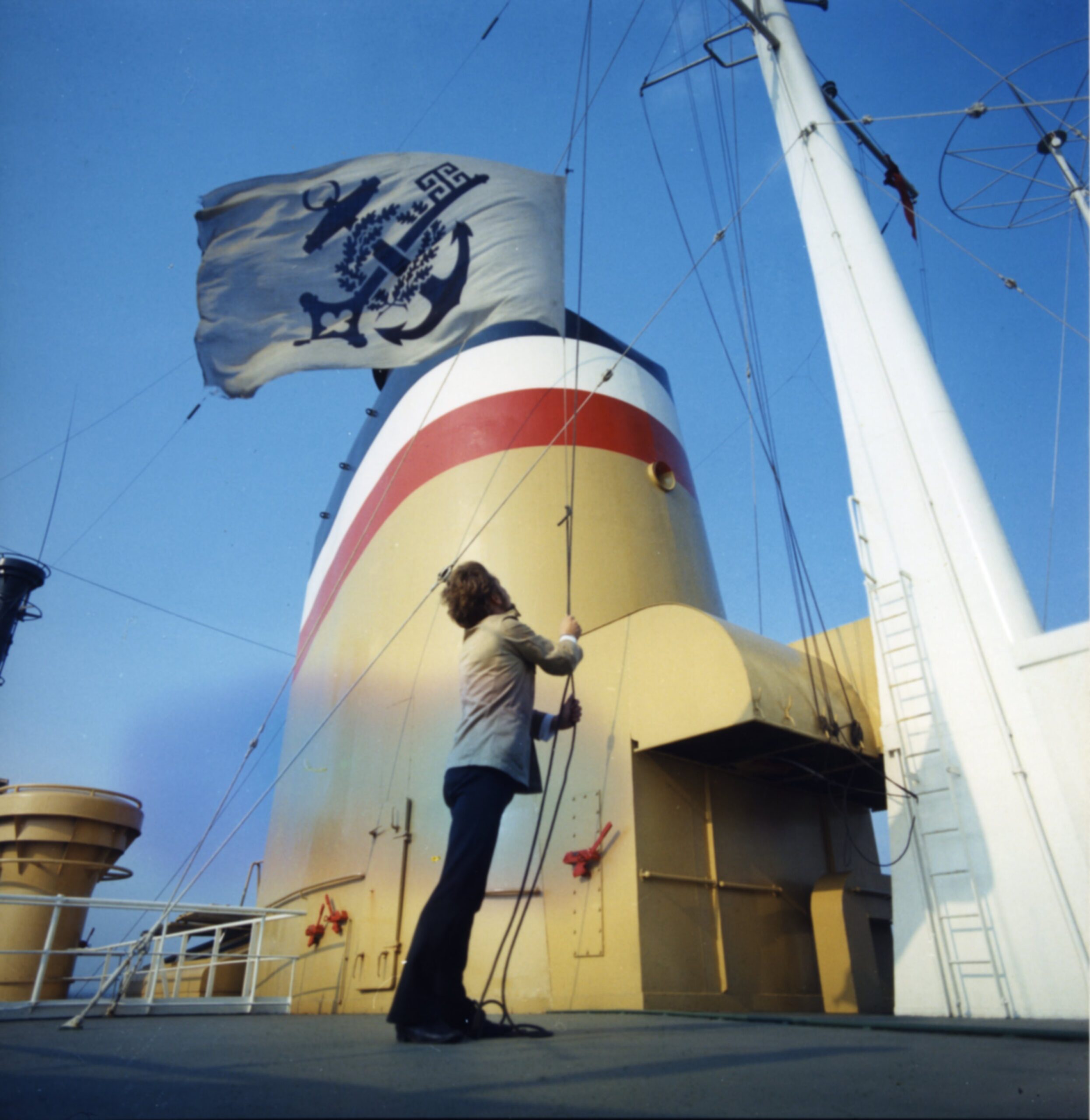
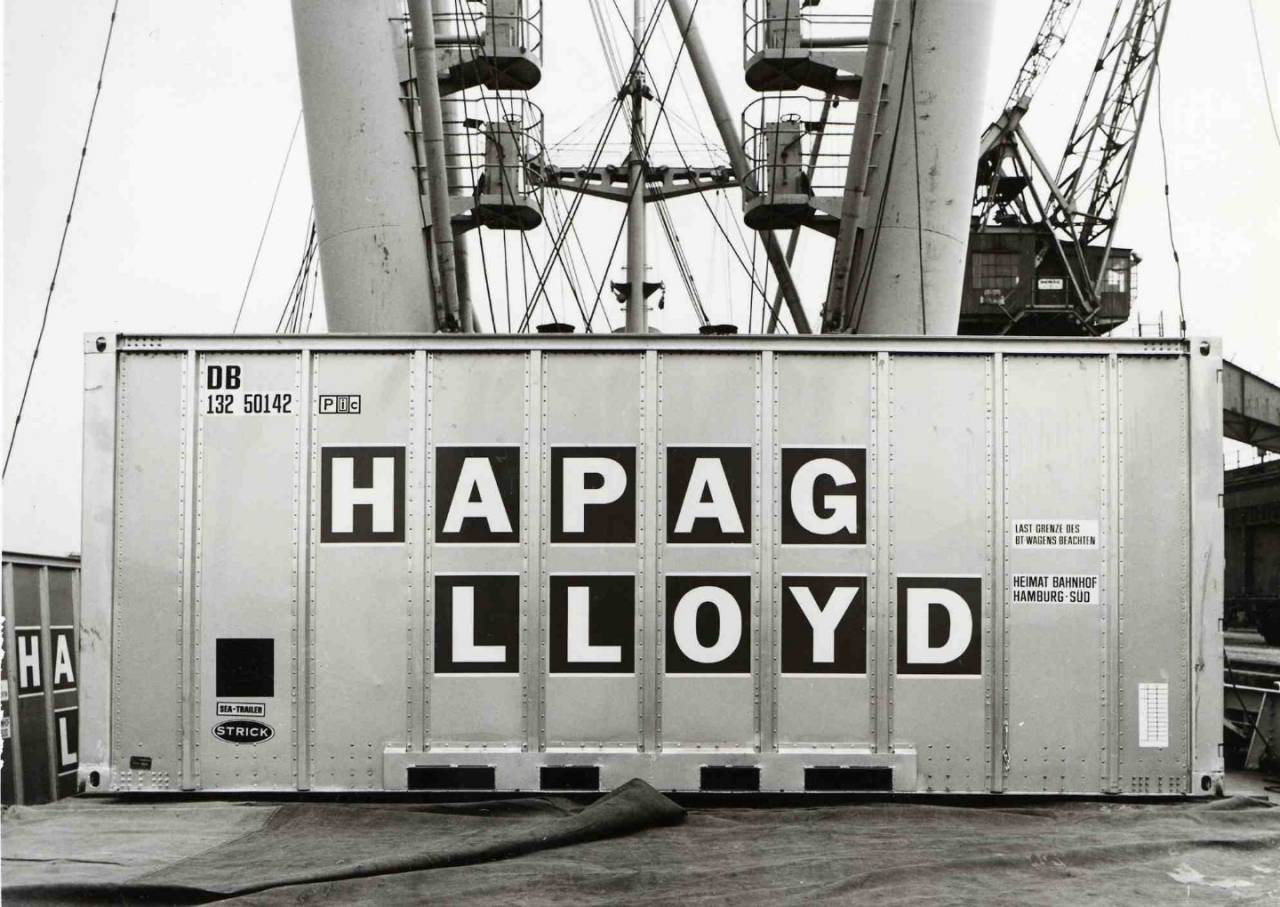
This union is not a marriage of love, but one of necessity. Because both Hapag and the Norddeutscher Lloyd have been facing a myriad of issues in recent years. Passenger travel across the Atlantic, once the bread and butter of both companies, is down, as more and more people opt for the much faster air travel instead. And in the less glamorous, but equally lucrative freight sector, the rise of the shipping container has rendered the general cargo vessels of both companies less profitable. The fact that one's of Hapag's freighters, the Münsterland, has been stuck in the Suez Canal for three years now, trapped there by the Six-Days-War (which turned into a three-years-war for the Münsterland and her fellow trapped vessels) doesn't help either.
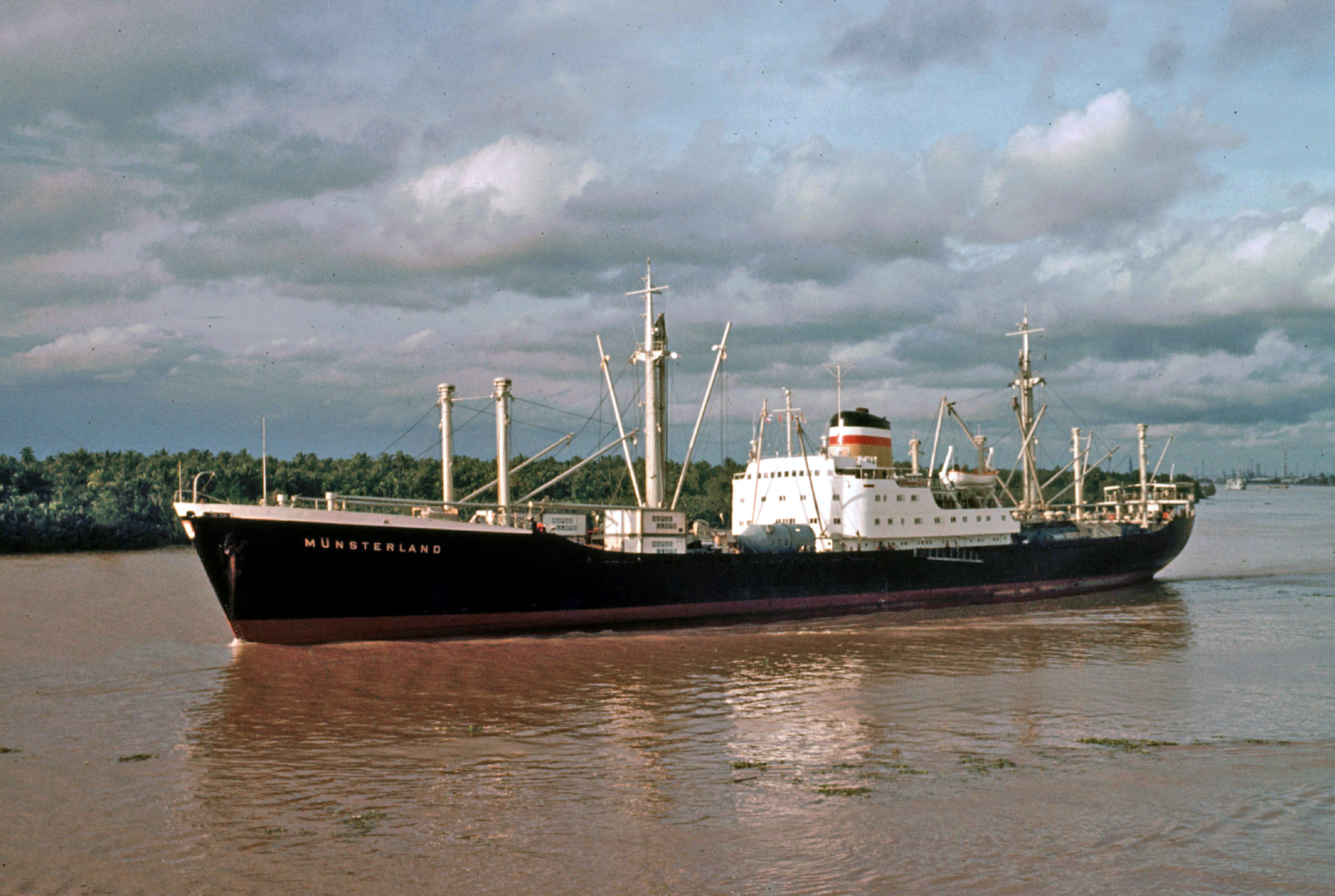
Nor did the merger happen completely out of the blue, for the former rivals Hapag and Norddeutscher Lloyd have been cooperating for a while now, operating a chain of travel agencies and their container shipping services under the Hapag-Lloyd name. They also jointly operate a shipping terminal in Hoboken, New Jersey.
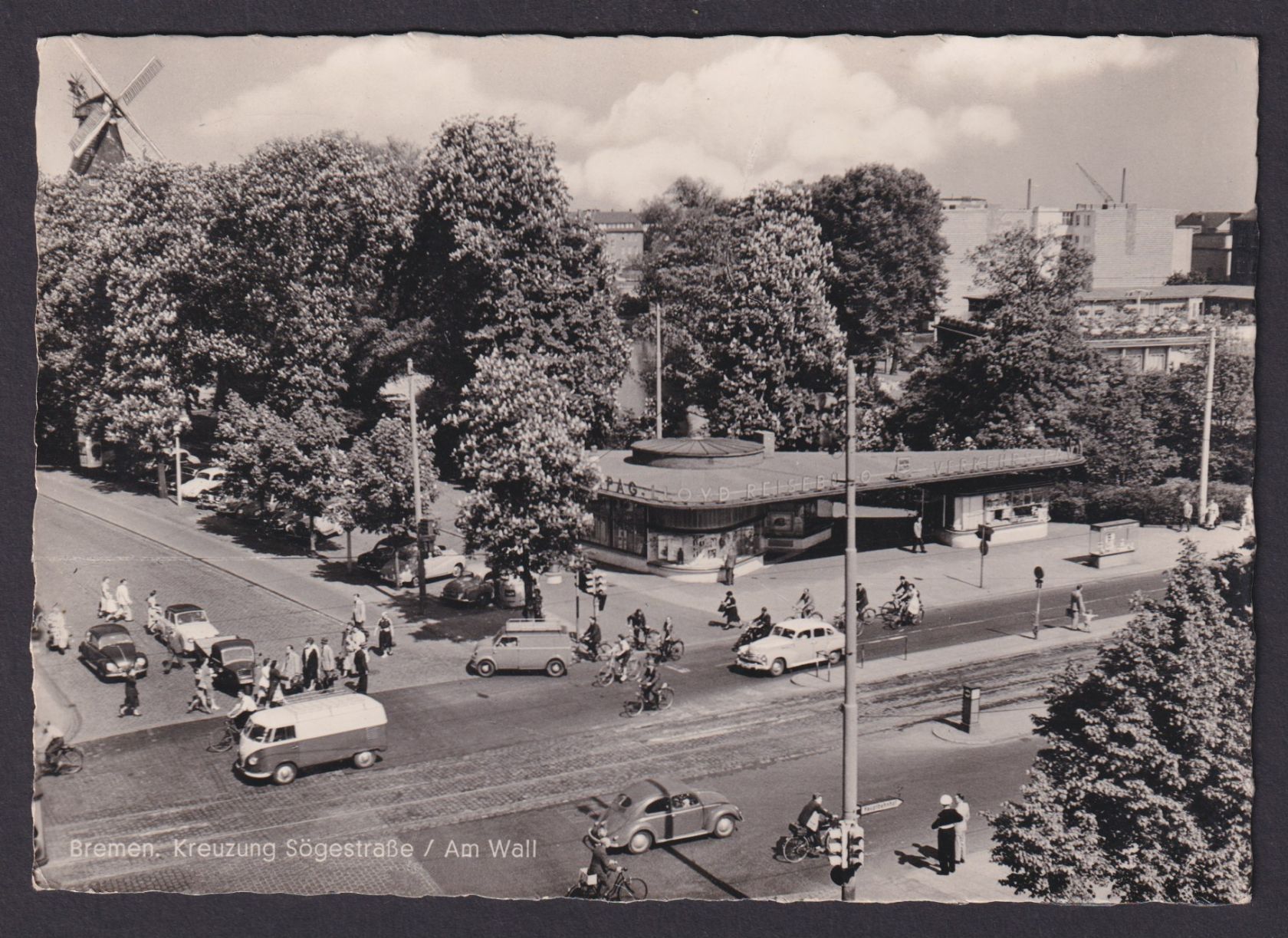
The fleet of the newly formed Hapag-Lloyd AG includes four brand-new container vessels, several general cargo freighters, some of whom will be retrofitted for container operations, others will be sold off, and the two remaining passenger liners of the Norddeutscher Lloyd, the Bremen and the Europa. Not a bad dowry for a marriage of necessity.

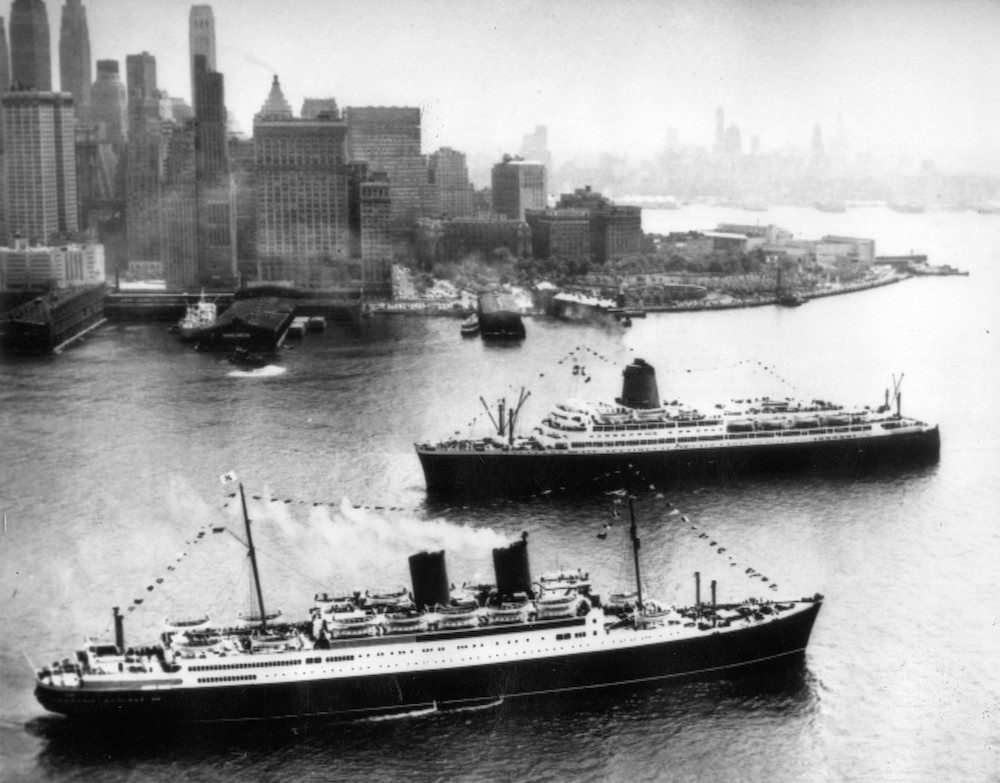

In the merger contract, it was explicitly agreed that the new company would retain both the Hapag headquarters in Hamburg and the Norddeutscher Lloyd headquarters in Bremen. However, maintaining two rather than a single head office is costly and so I fear that in the long run, one of the two headquarters will be closed. And most likely, it will be the Bremen office, because it is smaller (the beautiful Norddeutscher Lloyd headquarters was badly damaged in World War II and torn down last year to make way for a department store, while the shipping company moved operations to a secondary office building at the edge of the city center) and less prestigious than Hapag's headquarters directly by the waterfront in Hamburg. This would mean that many of employees at the Bremen office, including several friends and family members of mine, would either lose their jobs or be forced to relocate to Hamburg.

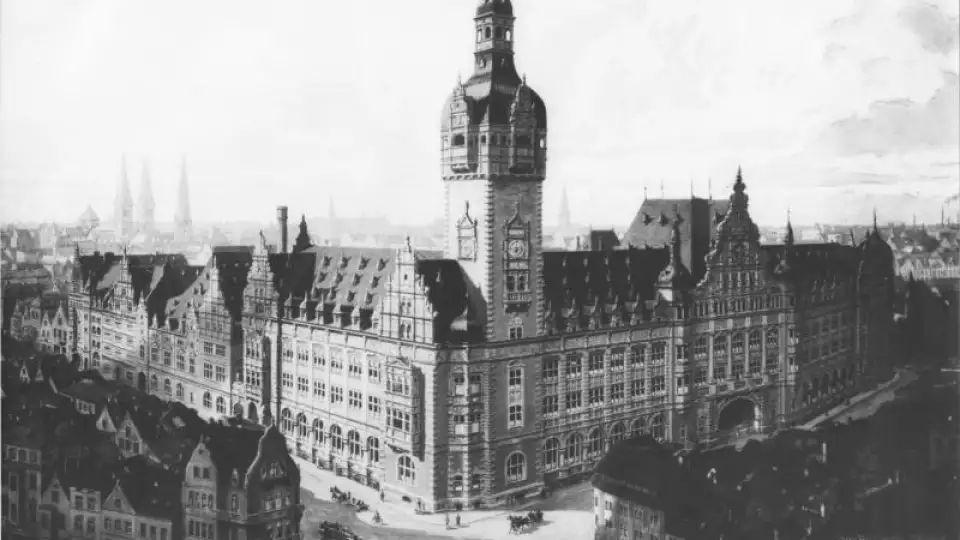
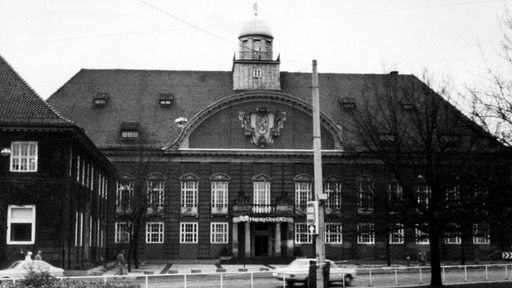
The "Heftroman" Gets Spooky
The West German shipping industry may be in rough waters, but it's smooth sailing for another, very different West German industry, namely "Heftroman" publishing.
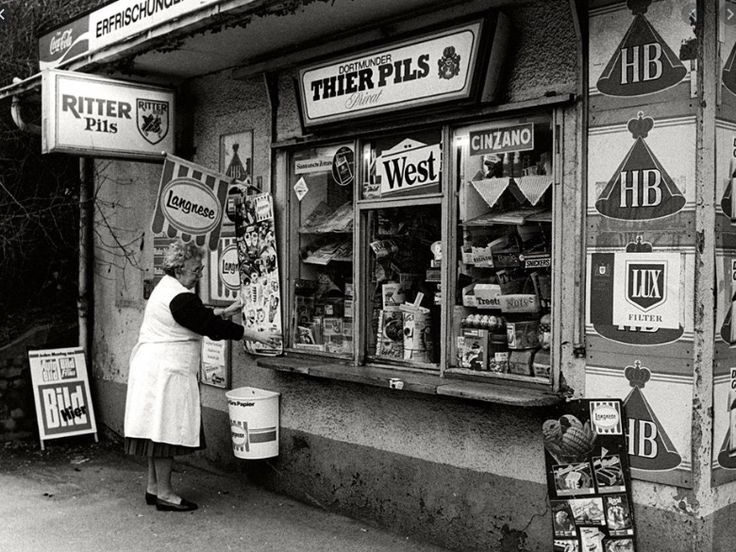
I have written about the quite unique West German publishing phenomenon that is the "Heftroman" a few times in these pages already, mostly focussing on the various science fiction series such as the stalwart Perry Rhodan, now celebrating ten years of continuous publication, and his less successful competitors Ren Dhark, Rex Corda and Ad Astra, all of whom only lasted for a couple of years.
However, science fiction is only one of many "Heftroman" genres. Romance, westerns, war stories and crime and mystery are all a lot more popular with dozens of series vying for attention at newsstands around West Germany. One of these series is Silber-Krimi (Silver Mystery), a crime and mystery anthology series that has been chugging along since 1952. Over the years, Silber-Krimi acquired a couple of recurring sleuths such as FBI Agent Jeff Conter and the crime-solving Butler Parker. Two years ago, another recurring character joined the Silber-Krimi roster.
This character is Larry Brent. He started out as yet another FBI agent – FBI agents are popular "Heftroman" protagonists in West Germany due to the success of the G-Man Jerry Cotton series – and was quite typical of the FBI agents that populate West German "Heftromane". He is tall, handsome, smokes and drinks in moderation, is a thorough investigator and skilled martial artist, loves fast cars – his current ride is a bright red Lotus Europa – and hates paperwork. Larry Brent is basically Jerry Cotton, only blonde and with a German American background to make him more relatable to West German audiences.
But while Larry Brent's adventures started out like those of Jerry Cotton, Silber-Krimi's own Jeff Conter, and dozens of others, he quickly branched off into a very different realm, when he found himself tangling with vampires while on holiday in France and recruited by a mysterious organisation named PSA (short for Psychoanalytische Spezialabteilung, i.e. Psychoanalytic Special Unit) that deals with supernatural menaces. Of course, psychoanalysis has nothing to do with the occult and everything to do with Sigmund Freud – the word the author is looking for is "parapsychology".
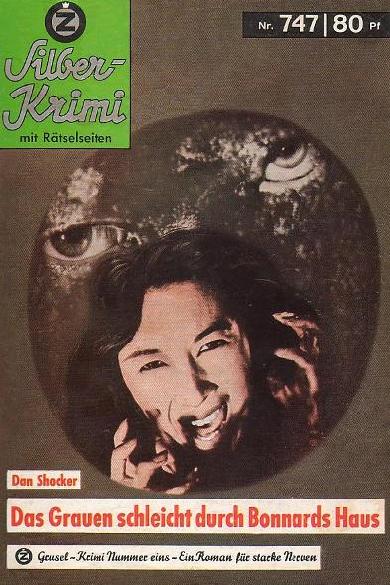
I actually discussed the very first Larry Brent story, "Das Grauen schleicht durch Bonnards Haus" (Horror creeps through Bonnard's house) in these pages two years ago. I enjoyed the story quite a bit, and I clearly wasn't the only one, because Larry Brent quickly became one of the most popular of Silber-Krimi's revolving roster of sleuths. Indeed, Larry Brent was so popular right out of the gate that he was given his own subseries, billed as "Silber Grusel Krimi – Ein Roman für starke Nerven" (Silver Spooky Mystery – a novel for readers with strong nerves).
The Shudder-Inducing Adventures of Larry Brent
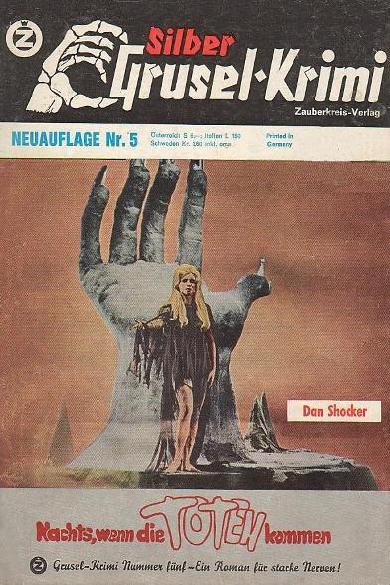
As of today, Larry Brent has solved twenty spooky cases to entertain readers with strong nerves: investigating mysterious murders and dealing with curses from beyond the grave, vampires both real and fake, mummies, mad scientists, fraudulent psychics, bloodthirsty cults and plenty of fog-shrouded mansions haunted by ghosts of the past and terrors of the present. The stories are a mix of crime thriller and horror tales, but always dripping with atmosphere. In many ways, they are quite reminiscent of the Edgar Wallace and Dr. Mabuse crime thrillers which were filling West German cinemas five to ten years ago, but have sadly petered out in recent years.
It is notable that the resolution of Larry Brent's cases isn't always supernatural, but the perpetrator is just as likely to be a plain old human disguising himself as some kind supernatural menace. In this respect, some of the Larry Brent adventures are reminiscent of the delightful new Hanna-Barbera cartoon Scooby-Doo, Where Are You!, where a bunch of nosy teenagers and their dog travel around the US in a Volkswagen van to fight monsters, vampires, werewolves and other supernatural threats, which invariably turn out to be just a human in a rubber mask.

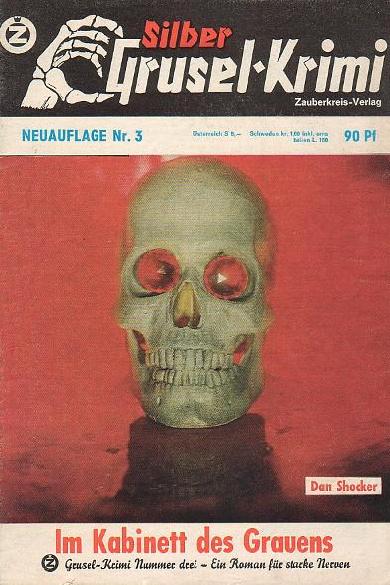
Over the course of twenty adventures, Larry Brent has also assembled a supporting cast. His boss and head of the PSA is David Gallum, an American secret agent who was seriously injured while investigating Ron Silker, a mad scientist experimenting with dark magic. Gallum lost his eyesight due his injuries, but gained empathic abilities – shades of Marvel Comics' Daredevil. Gallum's career as a field agent was over, but his expertise was still invaluable and so Gallum was appointed as head of the newly formed PSA whose mission is to investigate seemingly unsolvable crimes with supernatural involvement, which – as Larry Brent and the reader are told – happen with increasing frequency all over the world, setting the stage for many adventures to come.
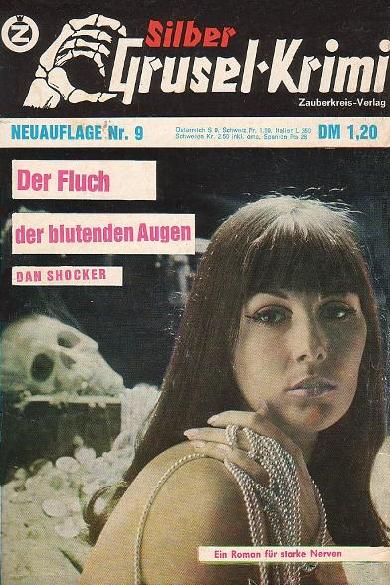
Every hero needs a sidekick and Larry Brent's sidekick is Iwan Kunaritschew alias Agent X-Ray-7 (Larry Brent's codename is Agent X-Ray-3), a hard-drinking, hard-smoking Russian, for ideological differences don't matter when fighting supernatural menaces that threaten the entire world. Iwan is the muscle of the team, since he is extremely tough and strong and an excellent fighter, but like many "Heftroman" sidekicks, he also serves as the comic relief. Larry and Iwan first met in the second Larry Brent adventure "Die Angst erwacht im Todesschloss" (Fear awakens in the castle of death) and have worked together ever since.
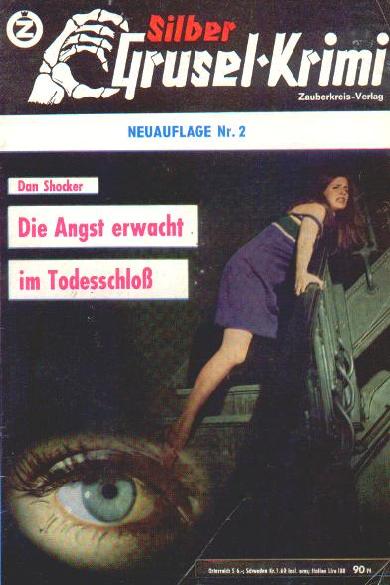
Of course, every hero also needs a love interest and Larry Brent even has two. The first is Detective Su-Hang of the Hongkong police, whom Larry met while investigating a series of murders committed by circus animals in "Der Satan schickt die Höllenbrut" (Satan deploys hell's spawn) and who reappeared a few issues later in "Die Mörderpuppen der Madame Wong" (The murderous dolls of Madame Wong). Larry Brent's other potential love interest is fellow PSA agent Morna Ulbrandson a.k.a. X-Girl-C (male and female PSA agents have different codenames), a Swedish model turned supernatural investigator. Morna debuted in the fifth Larry Brent adventure, "Nachts, wenn die Toten kommen" (At night, when the dead come) and has appeared a few times since then.
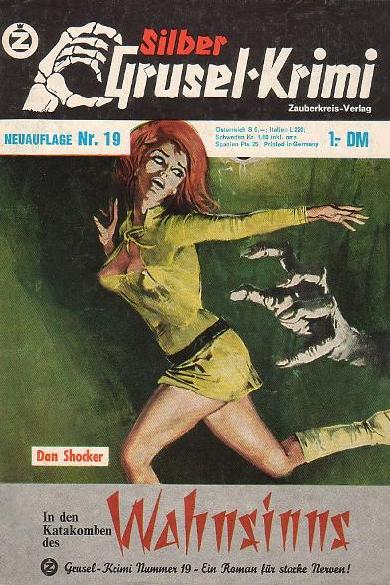
There is one more woman in Larry Brent's life: his younger sister Miriam. The aspiring actress was introduced in "Um Mitternacht im Leichenhaus" (At midnight in the house of corpses), when she got involved in the spooky going-ons in the home of a theatre director who died under mysterious circumstances.
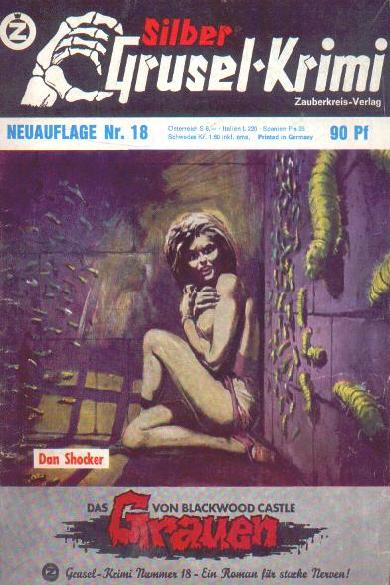
Who is Dan Shocker?
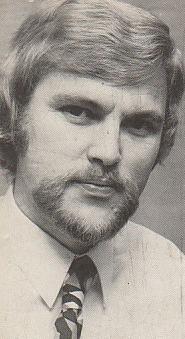
The author of the Larry Brent adventures is the very appropriately named Dan Shocker. A name like that can only be a pen name and indeed the person behind the Dan Shocker byline is West German author Jürgen Grasmück. Though only thirty years old, Grasmück/Shocker is already a "Heftroman" veteran who sold his first story, when he was only sixteen years old. Since then, Grasmück has written science fiction, mysteries, thrillers and westerns under a variety of pen names. Jürgen Grasmück suffers from muscular atrophy and has been using a wheelchair since he was fifteen, which makes it difficult for him to work a regular job, even though West Germany has legislation to support disabled people in the workplace. Writing "Heftromane" allows him to earn a living while following his passion for storytelling.
As Dan Shocker, Grasmück seems to have found his calling. Ever since he burst onto the scene some two years ago, Larry Brent's popularity has only grown, which is also evidenced by the fact that the Silber-Grusel-Krimi issues are getting painted covers by now rather than the cheaper stockphoto montages or repurposed movie stills that most regular Silber-Krimi issues feature, though the covers still have next to nothing to do with the stories themselves.
Success tends to beget imitators, as we saw with Perry Rhodan, G-Man Jerry Cotton and other popular "Heftroman" heroes. Therefore, I expect that we will see more supernatural detectives appearing in the newsstand spinner racks in the next few years. Indeed, there are rumours that Silber-Grusel-Krimi is planning to branch out beyond Larry Brent and introduce other paranormal investigators.
Newsstands around West Germany are going to become a lot spookier…
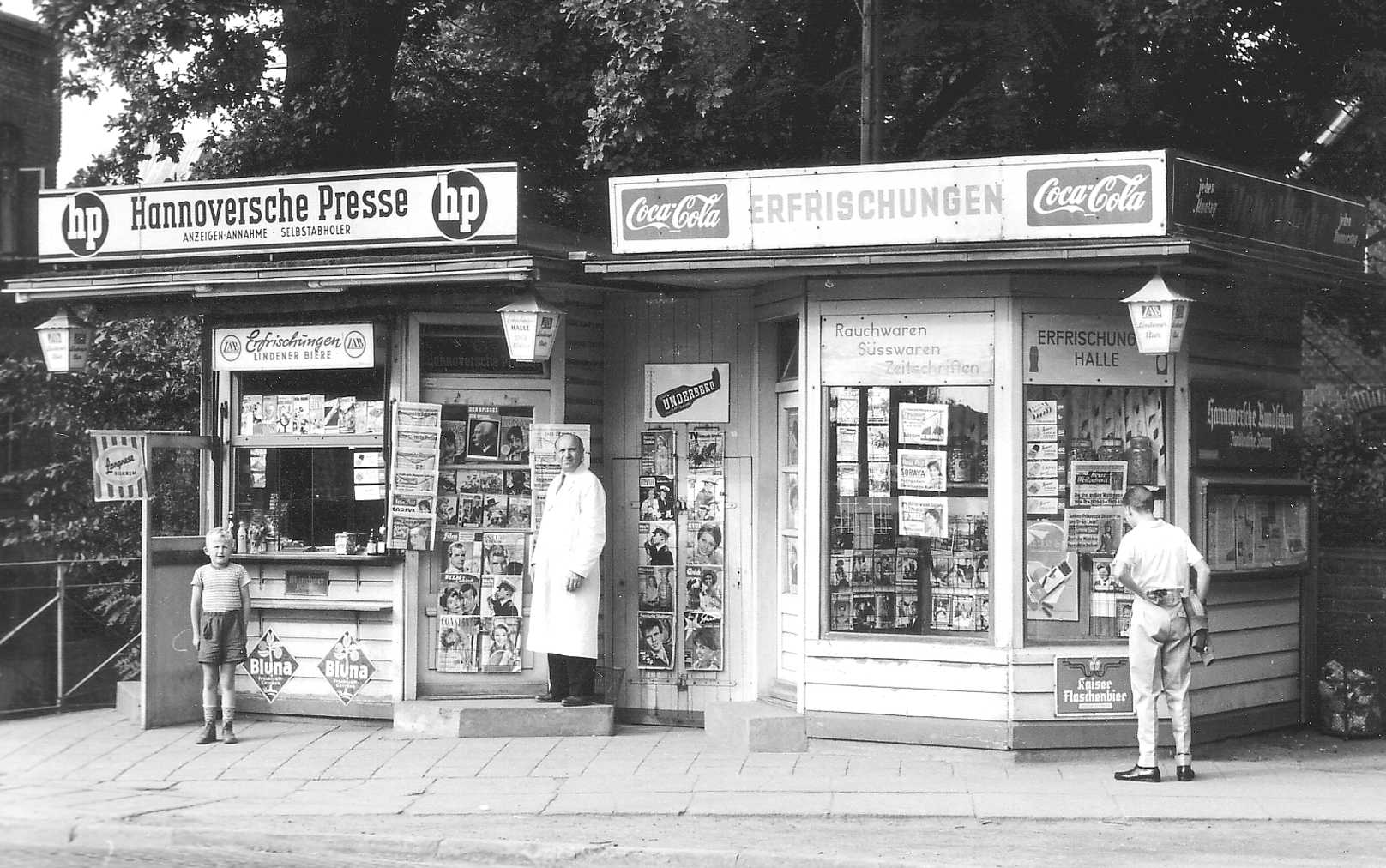
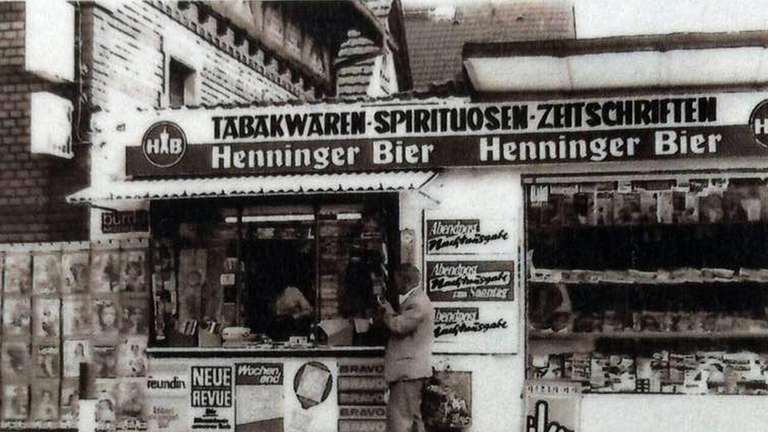
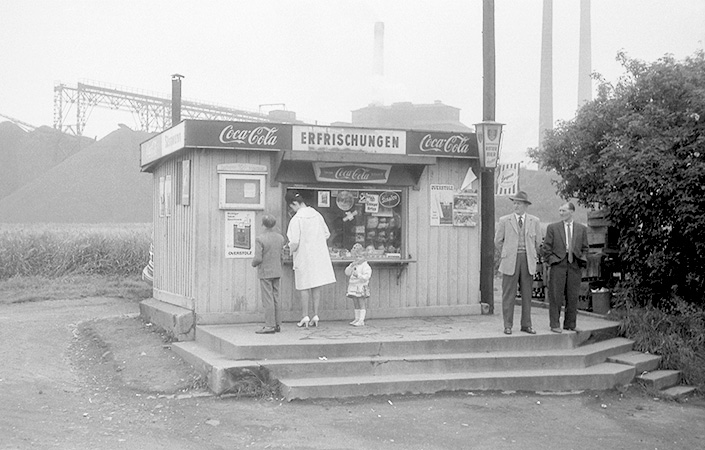
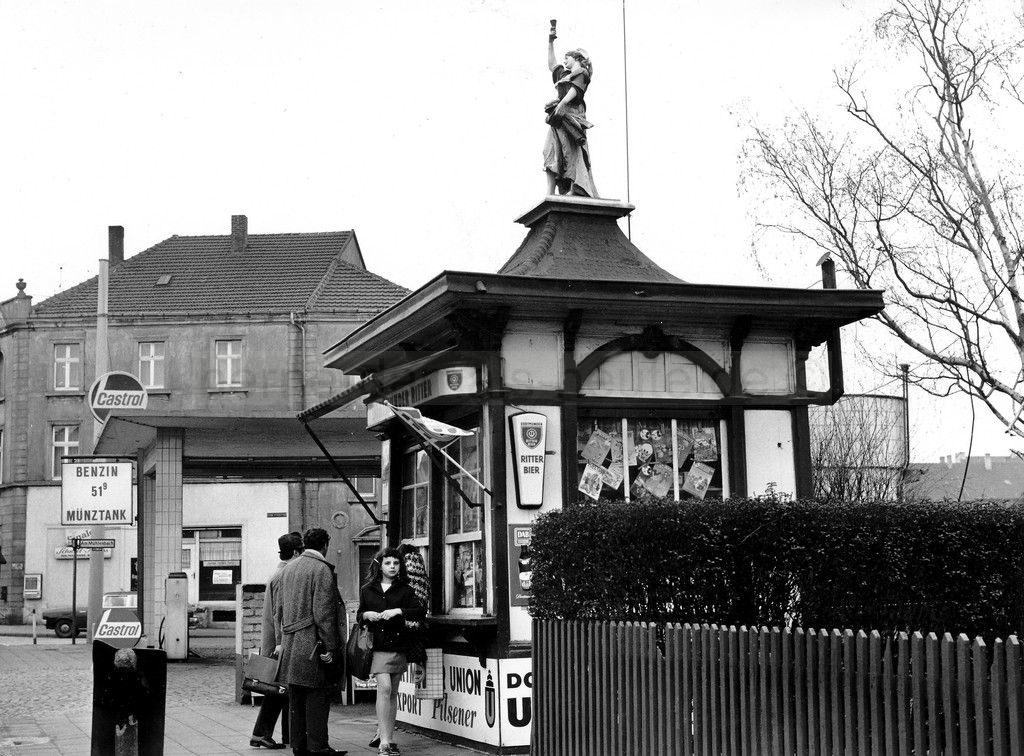

[New to the Journey? Read this for a brief introduction!]

